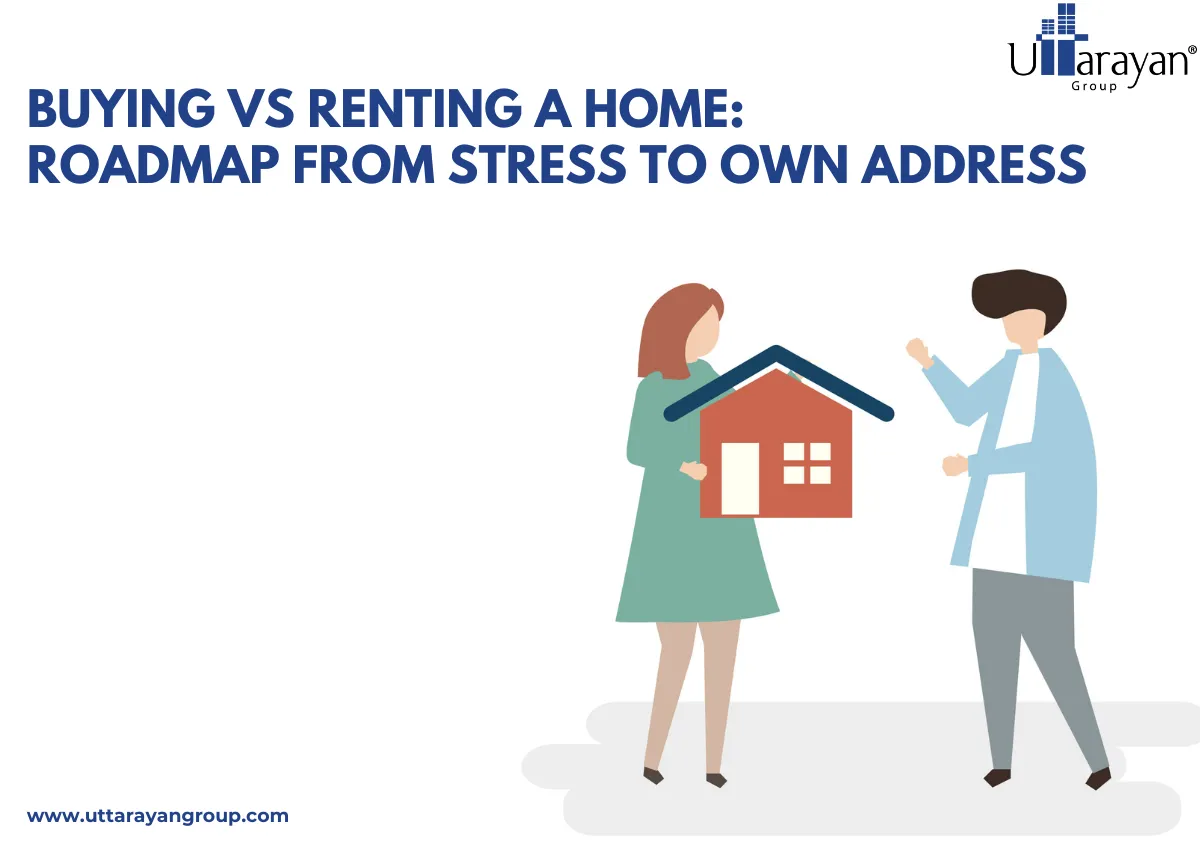Get Support
+91 98540 40005
Transform Your Cooking Space With Vastu Principles
.webp)
Hey there, Vastu aficionado!
Have you ever wondered why some kitchens feel right while others seem slightly off?
Well, the secret might lie in Vastu Shastra. Yep, you heard that right! Vastu in kitchen design is not just about aesthetics but about harnessing positive energy and creating a harmonious space.
So, let's explore the world of Vastu for kitchens and discover how you can transform your culinary haven into a sanctuary of balance and prosperity.
What is Vastu Shastra?
Before we get into the nitty-gritty of Vastu in kitchen design, let us take a quick detour to understand what Vastu Shastra is all about. Vastu Shastra is an ancient Indian science of architecture and construction. It combines art, astronomy, astrology, and science to create spaces that are in harmony with the natural world. The aim is to balance the five elements - earth, water, fire, air, and space - to promote health, wealth, and happiness.
Vastu in Kitchen: The Heart of Your Home
The kitchen is often considered the heart of the home, where meals are prepared and families gather. According to Vastu Shastra, the kitchen represents the fire element, and its placement and layout are crucial for maintaining a positive and healthy environment. So, how do you ensure your kitchen is Vastu-compliant?
Let us explore some essential Vastu tips kitchen editions.
Ideal Location for the Kitchen
The best direction for your kitchen is the southeast corner of the house. This direction is ruled by Agni (the fire element), making it an ideal spot for your cooking area. The northwest corner is the next best option if the southeast is not feasible. Avoid placing the kitchen in the northeast direction, as it can lead to health problems and financial instability. Incorporating Vastu in kitchen design from the start can make a significant difference in the energy flow of your home.
Vastu for Kitchen Sink and Stove
One of the most critical aspects of Vastu in kitchen design is the placement of the sink and stove. The stove represents the fire element, while the sink symbolizes the water element. According to Vastu Shastra, these two elements should never be placed next to each other, as fire and water are opposing forces and can create conflict.
Vastu Tips for Kitchen Stove:
-
Place the stove in the southeast corner of the kitchen.
-
Ensure the person cooking faces east while preparing meals. This is believed to bring positive energy and improve digestion.
-
If placing the stove in the southeast is not possible, the next best option is the south or east wall of the kitchen.
Vastu Tips for Kitchen Sink:
-
The sink should ideally be placed in the northeast corner of the kitchen.
-
Keep the sink and stove at a considerable distance to avoid clashes between the fire and water elements.
-
If the northeast corner is not feasible, the next best location for the sink is the north or east direction.
Colour Schemes and Lighting
Colours play a significant role in Vastu Shastra. For a Vastu-compliant kitchen, opt for bright and vibrant colours like yellow, orange, red, and green. These colours not only uplift the mood but also enhance the positive energy in the kitchen. Avoid dark colours like black and deep blue, creating a gloomy atmosphere.
Proper lighting is equally important. Ensure your kitchen is well-lit, preferably with natural light. Good ventilation is also crucial to allow positive energy to flow freely. When considering Vastu in kitchen design, remember that light and air are essential elements that bring life into your cooking space.
Storage and Organization
A clutter-free kitchen is a happy kitchen! Keep your kitchen organized and tidy to promote positive energy: store grains and other food items in the west or northwest direction. Heavy items like refrigerators and storage cabinets should be placed in the southwest corner. Incorporating these Vastu tips for kitchen organization can help maintain a balanced and harmonious environment.
Additional Vastu Tips for Kitchen
-
Dining Area: If your kitchen has an attached dining area, place the dining table in the west or northwest direction. This promotes good digestion and family bonding.
-
Windows and Exhaust Fans: Ensure there are ample windows and an exhaust fan in the east or north wall for proper ventilation. This helps in expelling negative energy and bringing in fresh air.
-
Water Storage: If you store water in the kitchen, place it in the northeast corner. This area is associated with the water element and can help maintain a balance.
-
Electrical Appliances: Place microwaves, mixers, and other electrical appliances in the southeast corner, aligning with the fire element.
FAQ Section
What is Vastu in kitchen design?
Vastu in kitchen design refers to the principles of Vastu Shastra applied to the layout and placement of kitchen elements to create a harmonious and positive environment. By following Vastu tips for the kitchen, you can ensure that your cooking space is aligned with natural energies.
How should the kitchen sink and stove be placed according to Vastu?
According to Vastu for kitchen sink and stove, the stove should be placed in the southeast corner, and the sink should be in the northeast corner. They should not be next to each other to avoid the clash of fire and water elements. Keeping these elements separate is a crucial aspect of Vastu in kitchen design.
Can you share some Vastu tips for the kitchen?
Sure! Some Vastu tips for the kitchen include placing the stove in the southeast, ensuring the person cooking faces east, and keeping the kitchen clutter-free. Also, use vibrant colours and ensure good lighting and ventilation. These Vastu tips for the kitchen can help in creating a balanced and positive environment.
What are the ideal colours for a Vastu-compliant kitchen?
Bright and vibrant colours like yellow, orange, red, and green are ideal for a Vastu-compliant kitchen. These colours enhance positive energy and uplift the mood. Avoid dark colours like black and deep blue, which can create a negative atmosphere.
How can I incorporate Vastu in kitchen storage and organization?
To incorporate Vastu in kitchen storage, place grains and food items in the west or northwest direction. Heavy items like refrigerators and storage cabinets should be placed in the southwest corner. Keeping the kitchen organized and clutter-free is one of the essential Vastu tips for the kitchen.
Looking for a dream home?
We can help you realise your dream of a new home.




0 Comments